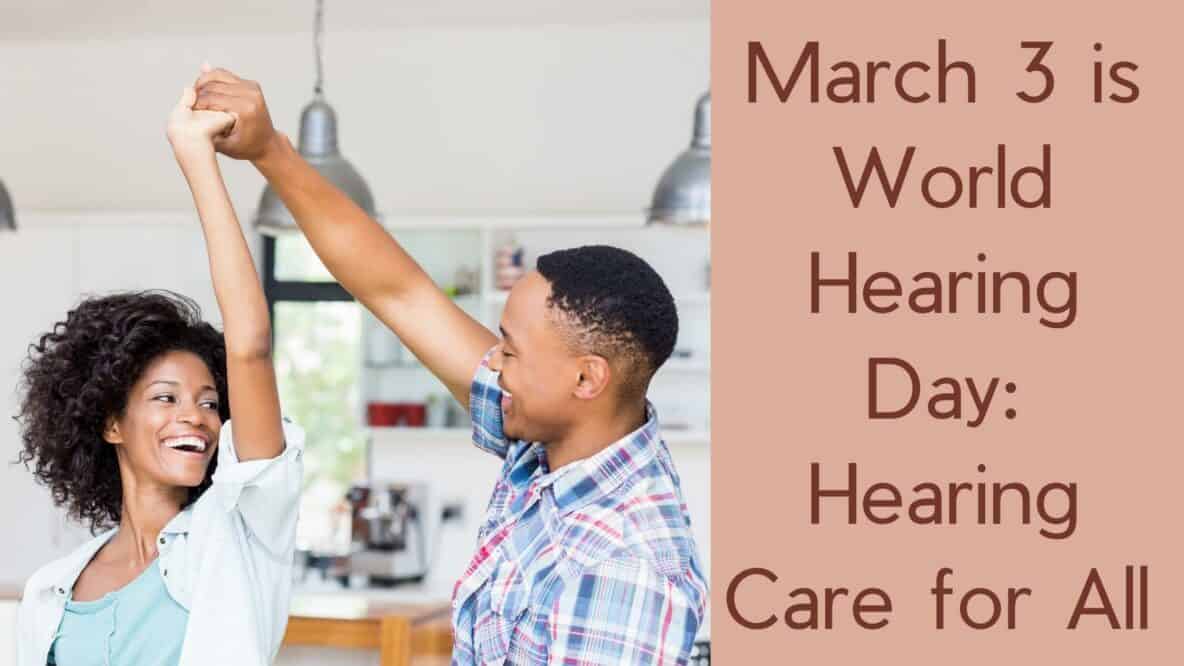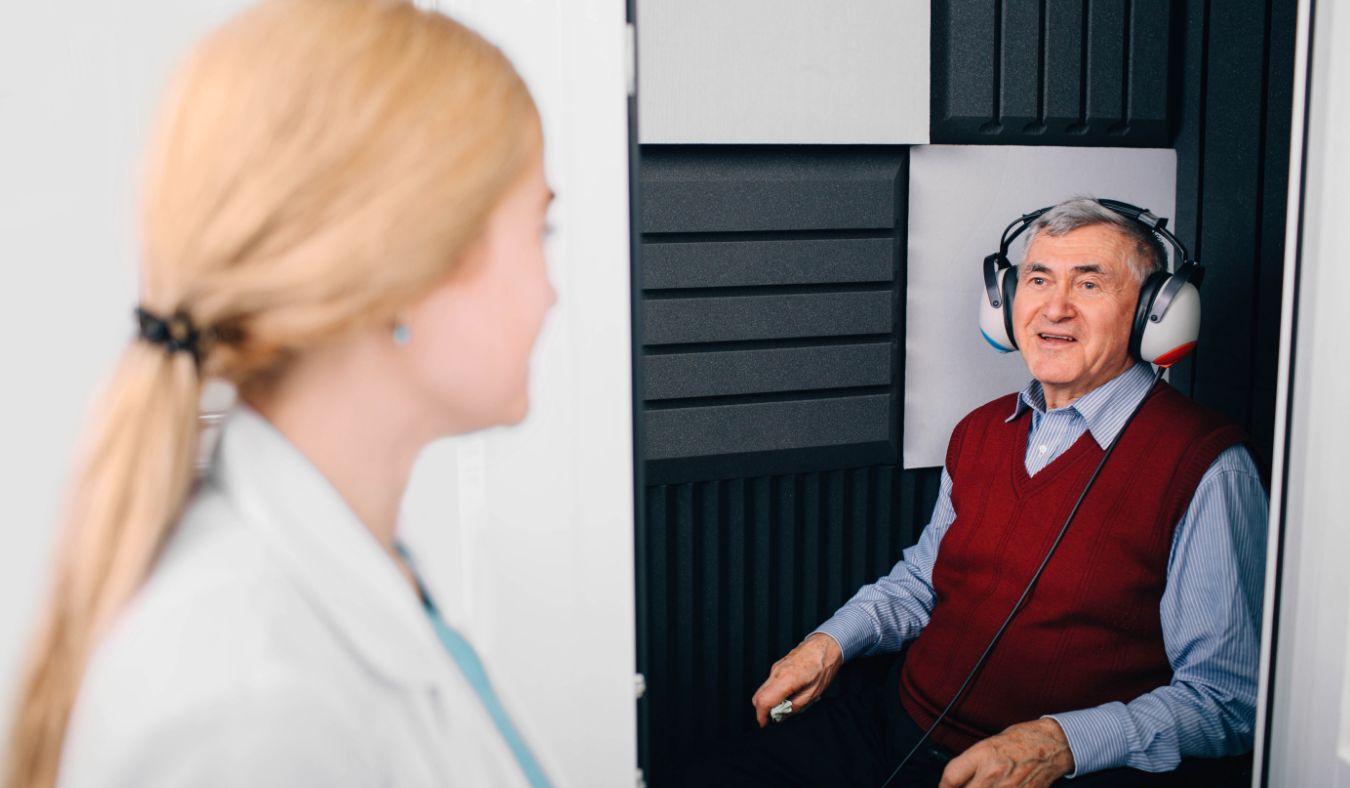How to Identify and Avoid Ototoxic Medications
When we think about threats to our hearing health, loud concerts or aging


When we think about threats to our hearing health, loud concerts or aging

Have you ever noticed how your ears do more than just help you hear?

Managing hearing loss is a personal experience that can be significantly